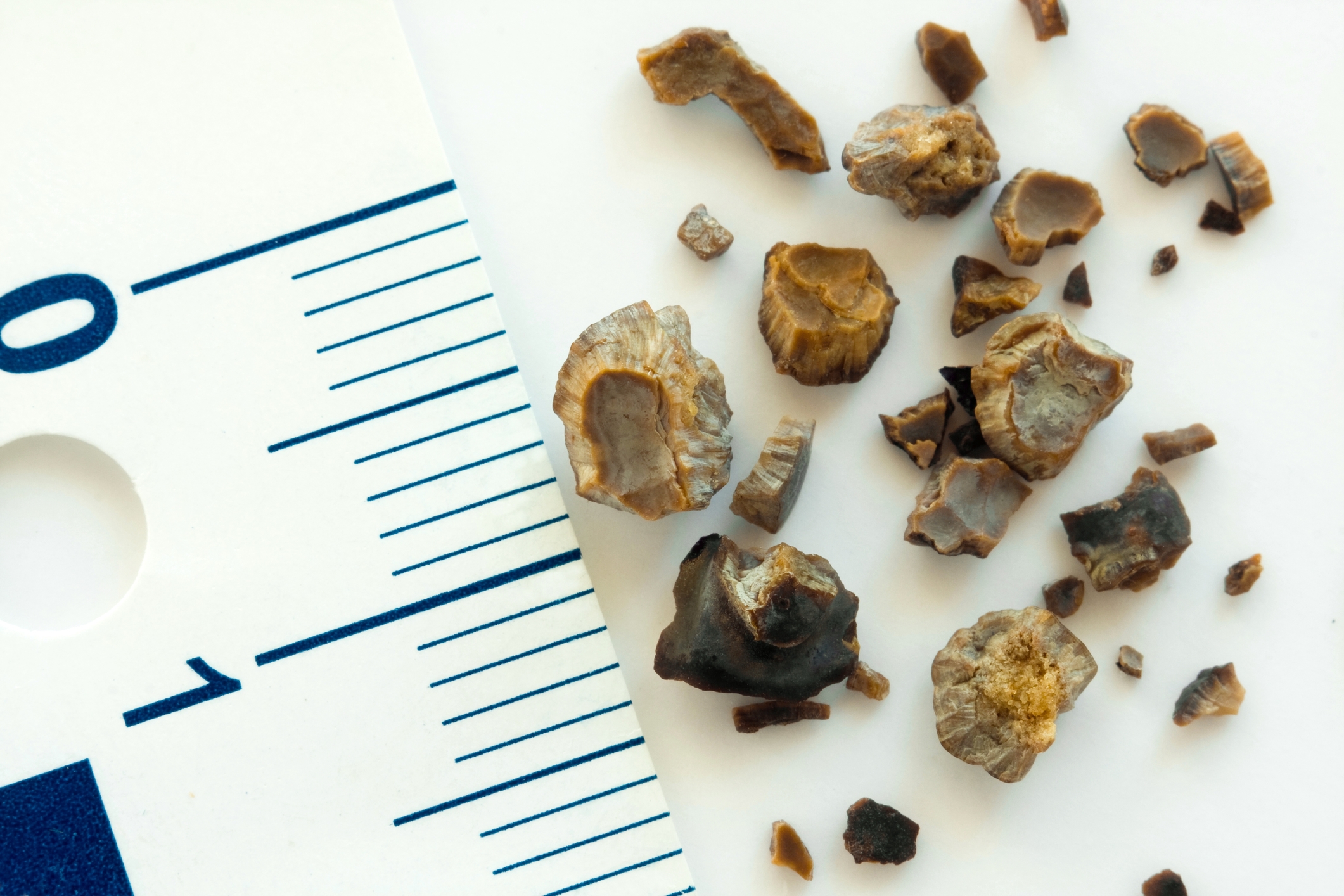Guide To Understanding Kidney Stones
How And Why Do Kidney Stones Form?

There are various minerals, salts, and other compounds present in the urine. When the concentration of minerals and salts in the urine passes a critical point, these compounds start to crystallize and clump together inside the kidney, forming a stone. In extremely rare cases, kidney stones have grown to be several inches in diameter, weighing upwards of two pounds. However, kidney stones of this size are not a cause for worry for the general populace. The vast majority of kidney stones range in size from a grain of sand to the size of a small bead. Though kidney stones first form in the kidneys, their presence may affect any part of the ureter, bladder, and urethra, throughout the urinary tract.